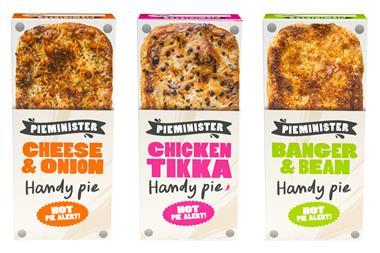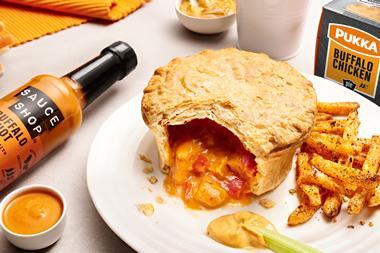Levels of acrylamide have decreased in retail soft bread and biscuit products, according to new research from the Food Standards Agency (FSA).
The Food Survey Information Sheet report has been running as part of a rolling programme since 2007, looking at levels of acrylamide in UK retail food products. It revealed levels found in bread have decreased by 9.8% between 2007 and 2011, while acrylamide content in biscuits dropped 8.7% during the same time frame.
Levels of acrylamide ranged from 3 - 51 micrograms per kilogram (μg/kg) in white and wholemeal loaves, rolls and baguettes and speciality products. The mean acrylamide level of 16 μg/kg was lower than in previous years. In comparison, processed cereal-based baby food saw a 56.5% rise over the four-year period, as well as levels in french fries sold ready-to-eat, which rose 3.6%.
White bread had a lower mean acrylamide content (15 μg/kg) compared to wholemeal bread (24 μg/kg), which the FSA marks as a result of the lower asparagine content of white flour.
Acrylamide forms when amino acid asparagine, present in proteins, is heated above 120ºC together with reducing sugars. The reaction that occurs leads to the production of acrylamide, alongside colour-forming (browning) and flavour-producing compounds, and is known as the Maillard reaction.
As part of the FSA’s research last year, 248 UK retail food products were tested between November 2010 and April 2011, including bread, cake, biscuits and crackers. Of the products, bread loaves from Warburtons, Brace’s, Irwin’s, Vogel’s, Kingsmill and Roberts Bakery were tested.
Other items from bakery manufacturers tested for acrylamide included Mr Kipling Chocolate Slices, Nairn’s Oatcakes and Fox’s Crinkles Ginger Biscuits.
The FSA has stated that it will help continue to reduce minimise acrylamide levels in food by collecting further years’ data to permit better trend analyses, in addition to engaging with stakeholders and trade associations.
The Agency has said that while the levels of acrylamide reported currently do not increase concern about risk to human health, bakery manufacturers should ensure bread and similar bakery products should be toasted to the lightest colour acceptable.
Barbara Gallani, the Food and Drink Federation’s director of food safety and science, said: “Since acrylamide was first identified as a potential food safety issue in 2002, the food and drink manufacturing industry have identified practical ways of reducing acrylamide in food. Available and tested strategies to reduce the formation of acrylamide in certain foods have been summarised in a Toolbox which is freely available to food manufacturers. We will continue to promote the content and use of this document to ensure levels are as low as reasonably achievable.”
Industry action
The FSA study gained support from bakery manufacturer United Biscuits, which stated it had made a commitment last autumn to implement an improved recipe for its McVitie’s Ginger Nuts, helping to reduce acrylamide levels in the biscuit by around 70%.
A statement from the biscuit manufacturer read: “United Biscuits recognises the concern over acrylamide in a wide variety of food and drinks – both home-prepared and manufactured – and we are continuously testing and applying approaches to minimise levels of acrylamide in our products.
“We will continue to research methods to consistently minimise acrylamide levels, while maintaining the quality and great taste of our products and meeting consumer expectations.”
































No comments yet